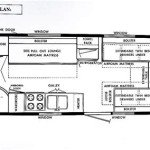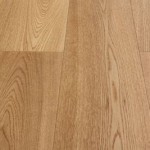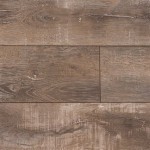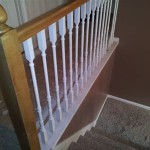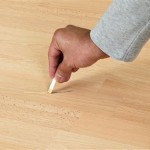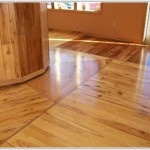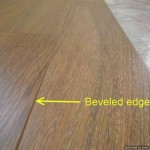Essential Aspects of Installing Engineered Hardwood Flooring on Concrete Slab
Installing engineered hardwood flooring on a concrete slab requires meticulous preparation and careful execution to ensure durability and aesthetic appeal. Understanding the essential aspects of such an undertaking can empower homeowners and flooring professionals alike to achieve optimal results.
Moisture Control
Concrete slabs have a tendency to retain moisture, which can wreak havoc on hardwood flooring if not properly addressed. It is crucial to install a moisture barrier, typically a vapor retarder, between the slab and the flooring to prevent moisture migration. Additionally, a moisture test should be conducted on the concrete slab to determine its moisture content and ensure it meets the flooring manufacturer's specifications.
Subfloor Preparation
A level subfloor is essential for a successful installation. Check the concrete slab for any unevenness or imperfections using a level or straight edge. If necessary, areas can be ground or leveled using a self-leveling compound to create a smooth and even surface for the flooring.
Expansion Gap
Engineered hardwood flooring expands and contracts with changes in temperature and humidity. Therefore, it is crucial to leave an expansion gap around the perimeter of the room and around any fixed objects, such as columns or walls. This gap allows for the flooring to move freely without buckling or warping.
Adhesive Selection
Choosing the appropriate adhesive is essential for the longevity of the flooring installation. A high-quality adhesive specifically designed for concrete slabs should be used to ensure a strong bond between the flooring and the subfloor. Follow the manufacturer's instructions carefully when mixing and applying the adhesive.
Installation Technique
Install the engineered hardwood flooring planks according to the manufacturer's recommendations. Typically, the planks are glued to the subfloor using a trowel and notched spreader. Start from the center of the room and work outwards, staggering the joints to ensure stability. Use spacers to maintain consistent spacing between the planks.
Finishing Touches
Once the flooring is installed, it needs to be properly finished. Trim the edges around the perimeter of the room and any obstacles using a saw or router. Install baseboards or molding to cover the expansion gap and provide a polished look. Sanding and refinishing may be necessary to achieve the desired sheen and color.
By adhering to these essential aspects, the installation of engineered hardwood flooring on a concrete slab can be a successful and rewarding project. Careful planning, proper preparation, and skillful execution will create a beautiful and durable floor that will enhance the aesthetic appeal of any home for years to come.

Installing Engineered Hardwood On Concrete Twenty Oak

Installing Wood Flooring Over Concrete Diy

Installing Engineered Flooring On A Concrete Slab Fine Homebuilding

Installing Engineered Hardwood On Concrete Twenty Oak

Guide How To Install Hardwoods On A Concrete Subfloor

How To Install An Engineered Hardwood Floor

Installing A Prefinished Engineered Hardwood Floor Over Concrete

Installing A Hardwood Floor Over Concrete Slab American Information Center

How To Install Lock Engineered Hardwood Flooring

Hardwood Over Concrete Auten Wideplank Flooring

